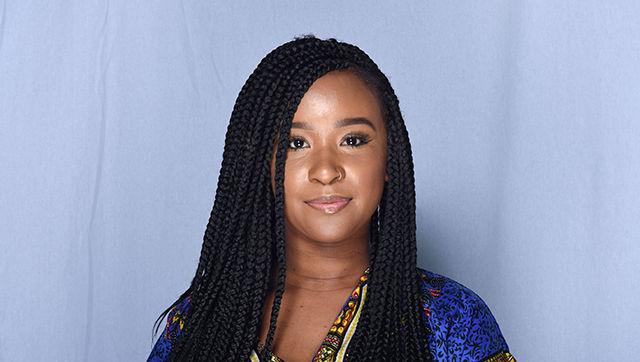
Chauncey Bowden
On Sept. 1, Georgetown University announced that it would take steps to atone for its former involvement with slavery. In 1838, Georgetown sold 272 slaves in order to help pay off the university’s debts. The university’s initiative is aimed toward the descendants of not only those 272 slaves, but the descendants of all slaves whose labor profited Georgetown.
“The most appropriate ways for us to redress the participation of our predecessors in the institution of slavery is to address the manifestations of the legacy of slavery in our time,” said Georgetown President John J. DeGioia.
So what exactly does Georgetown plan to offer the descendants of the slaves? Those students applying for admission to the university will receive the same treatment as other legacy applicants. Georgetown also plans to name to campus buildings in honor of two African-American men — one of whom was a slave and the other was an educator.
While Georgetown’s admissions adjustments are certainly commendable, they are not enough. The 1838 sale was worth nearly $3.3 million in today’s dollars, according to The New York Times. Students pay nearly $70,000 in order to attend the school. As Adrienne Green, assistant editor at The Atlantic, stated, “Minority families already possess less wealth overall than white families, and minorities and poor students already shoulder the most student debt.”
But what happens to the students once they are admitted? Georgetown has not announced any plans to help fund the education of these descendants. Green went on to say, “There is no real reconciliation in lumping black families into the same broad policy as families that have been sending their kids to Georgetown for generations regardless.”
Professor Craig Wilder of the Massachusetts Institute of Technology pointed out that the effectiveness of Georgetown’s plans depends on how much effort goes into identifying descendants. I would imagine that finding out that history could be quite difficult for some, and the verification process even harder perhaps.
Joe Stewart, a descendant of the 272 slaves and retired corporate executive has organized a group of more than 300 descendants. Stewart explained that while he was grateful for Georgetown’s efforts, descendants had not been included in committees and he feels they should be involved in decision-making moving forward.
Georgetown is not the only university acknowledging its historical connection with slavery; institutions such as Harvard and Brown have also issued apologies. Some schools have gone so far as to remove murals dedicated to former slaveholders.
Georgetown’s former connections with slavery and racism are not surprising. I’d guess that more colleges and universities have ties to slavery than not. In fact, last year, students at UNC-Chapel Hill confronted the university’s racist legacy and called for the removal of monuments dedicated to a Confederate soldier and a KKK leader. And I’m certain that NC State has a few skeletons in its closet as well.
What Georgetown is doing is commendable, and it is the first step in addressing issues that many institutions of higher education face — but it is not enough. Simply opening the door for students without facilitating an environment that is conducive to their overall well-being is irresponsible.